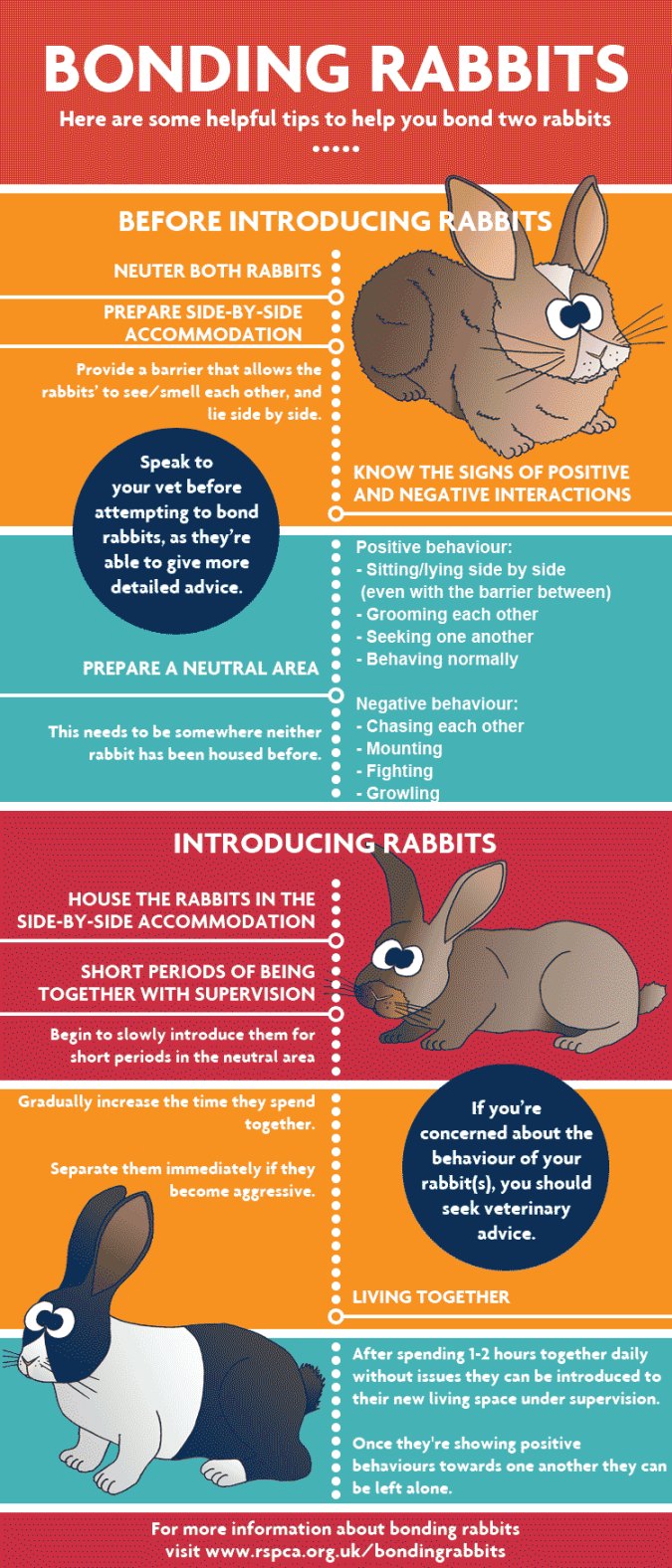How to Bond With Your Rabbit
Building a strong bond with your rabbit is not only essential for their well-being but also for your own enjoyment of having a furry companion. Rabbits are intelligent and social animals that thrive on companionship and interaction. By following these tips and techniques, you can create a trusting and loving relationship with your rabbit.

Creating a Safe and Comfortable Environment
Before you can start bonding with your rabbit, it is crucial to create a safe and comfortable environment for them. Rabbits are naturally prey animals, so they need a space where they feel secure. Here are some steps to follow:
- Provide a spacious living area: Ensure that your rabbit has enough space to move around, stretch their legs, and explore. A cage or hutch should be a minimum of four times the size of your rabbit.
- Offer hiding spots: Rabbits need hiding spots to feel safe. Provide them with cozy tunnels, boxes, or even blankets that they can burrow into when they need privacy.
- Keep the environment quiet: Rabbits are sensitive to loud noises and sudden movements. Place their living area in a quiet part of your home where they can relax and feel at ease.
- Make it chew-proof: Rabbits love to chew, and it’s essential to remove any items that could be harmful if ingested. Ensure all electrical cables are covered, and toxic plants are out of reach.
Establishing Trust and Respect
Trust and respect are the foundations of any successful bond with your rabbit. It takes time and patience to build trust, but the results are worth it:
- Approach slowly and calmly: Rabbits can be easily startled, so it’s important to approach them slowly and calmly. Make sure they are aware of your presence before reaching out to touch them.
- Let the rabbit come to you: Instead of forcing interaction, allow your rabbit to come to you on their terms. Sit on the floor at their level and let them approach you when they feel comfortable.
- Offer treats and rewards: Positive reinforcement works wonders with rabbits. Use their favorite treats as rewards for good behavior or for allowing you to handle them.
- Avoid sudden movements or loud noises: Sudden movements and loud noises can startle rabbits and erode the trust you’ve built. Be mindful of your actions and keep the environment calm and peaceful.
Spending Quality Time Together
Bonding with your rabbit requires dedicated time and effort. It’s important to spend quality time together to strengthen your relationship:
- Set up a regular playtime: Establish a routine for playtime with your rabbit. This will help them anticipate and look forward to the interaction. Provide toys and engage in gentle play to keep them entertained.
- Offer physical contact: Rabbits enjoy physical contact, but it’s crucial to do it on their terms. Start with gentle strokes on their head or back, and observe their body language. If they seem uncomfortable, respect their boundaries.
- Try clicker training: Clicker training is an effective way to bond with your rabbit while also teaching them new behaviors. Use a clicker and treats to associate positive actions with rewards.
- Allow for exploration: Rabbits are naturally curious creatures. Create a safe space for them to explore outside their enclosure under your supervision. This will provide mental stimulation and strengthen your bond.
Understanding Your Rabbit’s Body Language
Rabbits communicate primarily through body language. Understanding their cues will help you gauge their comfort level and strengthen your bond:
- Ear positions: When a rabbit’s ears are standing upright, it indicates they are relaxed and alert. If their ears are flattened against their body, it may mean they are scared or agitated.
- Teeth grinding: Grinding their teeth is a sign of contentment and relaxation. It’s a positive indication that your rabbit feels safe and comfortable in your presence.
- Binkying: Binkying is a happy and playful behavior where rabbits jump and twist in the air. It shows they are enjoying themselves and feel secure in their environment.
- Thumping: Rabbits thump their hind legs when they sense danger or feel alarmed. It’s their way of warning the other rabbits of potential threats.
Frequently Asked Questions (FAQs)
1. How long does it take to bond with a rabbit?
Bonding with a rabbit can take anywhere from a few weeks to several months. It depends on the individual rabbit’s personality and past experiences. Be patient and let the relationship develop naturally.
2. Can I bond with a single rabbit, or do they need a companion?
Rabbits are social animals and generally thrive with a companion. If you can’t provide constant companionship, consider adopting a second rabbit. However, some rabbits may prefer to be the sole focus of attention.
3. How do I know if my rabbit trusts me?
When a rabbit trusts you, they will exhibit relaxed body language, approach you willingly, and allow you to handle them without fear or aggression. They may also groom you, which is a sign of acceptance and affection.
4. Can I bond with an older rabbit?
Yes, you can bond with an older rabbit. However, it may take more time and patience as they may have had negative experiences in the past. Respect their boundaries and allow them to adjust at their own pace.
Related Articles…
Copyright Notice:
Images displayed on this website are not our property, but are procured from the internet. If you hold copyrights to any image and wish for its removal, please get in touch with us.